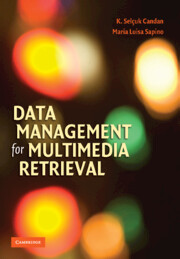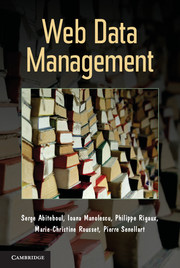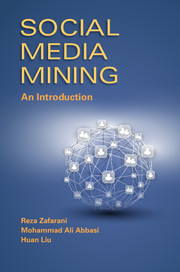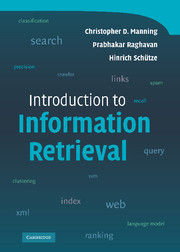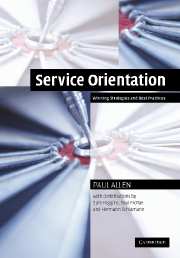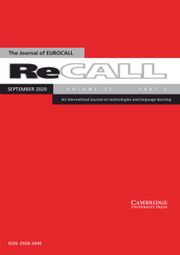Data Management for Multimedia Retrieval
Multimedia data require specialised management techniques because the representations of colour, time, semantic concepts, and other underlying information can be drastically different from one another. This textbook on multimedia data management techniques gives a unified perspective on retrieval efficiency and effectiveness. It provides a comprehensive treatment, from basic to advanced concepts, that will be useful to readers of different levels, from advanced undergraduate and graduate students to researchers and to professionals. After introducing models for multimedia data (images, video, audio, text, and web) and for their features, such as colour, texture, shape, and time, the book presents data structures and algorithms that help store, index, cluster, classify, and access common data representations. The authors also introduce techniques, such as relevance feedback and collaborative filtering, for bridging the 'semantic gap' and present the applications of these to emerging topics, including web and social networking.
- Focuses in a balanced manner on both 'data structures/databases' and 'mining/retrieval' aspects of multimedia data management. Most other books in the area cover only one or the other
- Organized in terms of basic data models (vectors, strings, trees, graphs, and fuzzy/probabilistic representations) that cover a large spectrum of media types instead of being limited to one or two special media types (such as images)
- Each topic is covered from basic to advanced concepts; thus the book can be of interest to readers of different levels
Product details
August 2010Adobe eBook Reader
9780511795749
0 pages
0kg
195 b/w illus. 15 tables
This ISBN is for an eBook version which is distributed on our behalf by a third party.
Table of Contents
- 1. Introduction: multimedia applications and data management requirements
- 2. Models for multimedia data
- 3. Common representations of multimedia features
- 4. Feature quality and independence: why and how?
- 5. Indexing, search, and retrieval of sequences
- 6. Indexing, search, retrieval of graphs and trees
- 7. Indexing, search, and retrieval of vectors
- 8. Clustering techniques
- 9. Classification
- 10. Ranked retrieval
- 11. Evaluation of retrieval
- 12. User relevance feedback and collaborative filtering.

